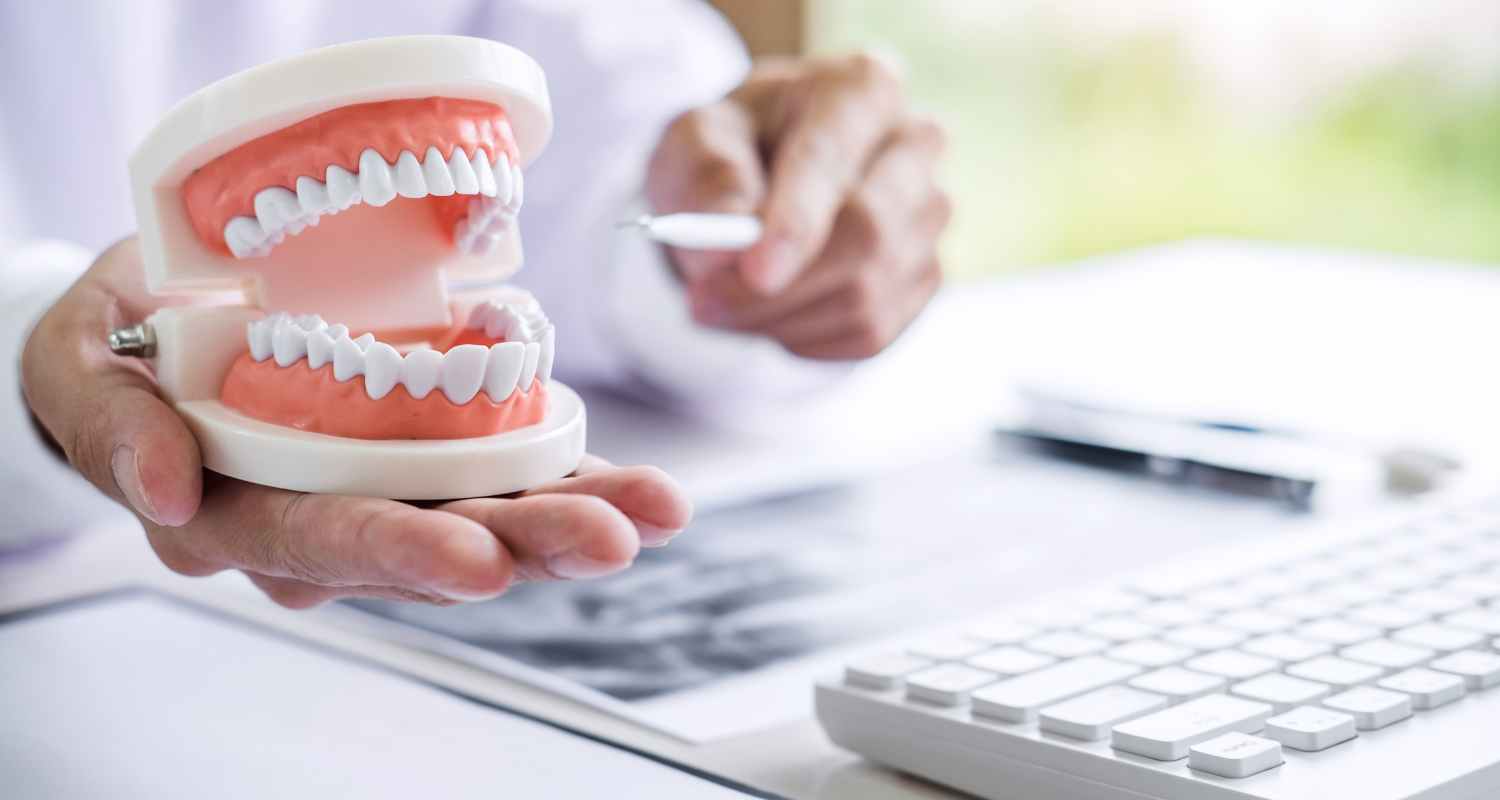Dental emergencies can be stressful and unsettling, but knowing what to expect during your emergency dental visit can help ease anxiety and ensure you receive prompt and effective care. This guide outlines the typical procedures and processes involved in emergency dental care in Saint John, NB, empowering you to navigate the situation with confidence.
Before Your Visit: Taking the First Steps
- Assess the Situation:Determine the severity of your dental emergency. Is it a severe toothache, a knocked-out tooth, a broken tooth, or another urgent issue? Understanding the nature of your problem helps you communicate effectively with the dental office and ensures they are prepared for your arrival.
- Contact Your Dentist or an Emergency Dental Clinic:Call your regular dentist if they offer emergency appointments. If not, search online or consult your local directory for emergency dental clinics in Saint John. When scheduling your appointment, clearly explain the situation so the staff can prioritize your case and provide any necessary instructions.
- Gather Important Information:Have your dental insurance information, a list of current medications, and any relevant medical history readily available. This information helps the dental team assess your overall health and provide appropriate care.
- Manage Discomfort:While waiting for your appointment, take over-the-counter pain relievers like ibuprofen or acetaminophen as directed to manage pain and inflammation. Apply a cold compress to the affected area to reduce swelling.
- First Aid Measures:
- Knocked-Out Tooth: If you have a knocked-out tooth, gently rinse it with milk or saline solution and try to reinsert it into the socket. If that’s not possible, store it in a container of milk or saline solution and bring it with you to the dentist.
- Broken Tooth: Rinse your mouth with warm water and apply a cold compress to reduce swelling. Gather any broken tooth fragments.
- Bleeding: Apply pressure to the area with a clean cloth or gauze to control bleeding.
At the Dental Clinic: What to Expect
- Arrival and Check-In:Upon arrival, you’ll likely be asked to fill out paperwork, including medical history and insurance information. Be prepared to describe your dental emergency and any symptoms you’re experiencing.
- Examination and Diagnosis:The dentist will examine your mouth, teeth, and gums to assess the situation. They may take X-rays to get a clearer picture of the underlying problem. Depending on the nature of the emergency, they may also use other diagnostic tools, such as intraoral cameras or 3D imaging.
- Treatment Planning and Discussion:Once the dentist has diagnosed the problem, they will discuss treatment options with you. They will explain the procedures involved, the expected outcome, and any potential risks or complications. Feel free to ask questions and express any concerns you may have.
- Emergency Treatment:The type of treatment you receive will depend on the specific dental emergency. Here are some common procedures:
- Pain Relief: The dentist will likely administer local anesthesia to numb the affected area and ensure your comfort during the procedure.
- Toothache Relief: If you have a toothache, the dentist may perform a filling, root canal, or extraction, depending on the cause of the pain.
- Broken or Chipped Tooth Repair: For a broken or chipped tooth, the dentist may use dental bonding, veneers, or a crown to restore the tooth’s structure and appearance.
- Knocked-Out Tooth Reimplantation: If possible, the dentist will reimplant a knocked-out tooth and stabilize it with a splint.
- Abscess Treatment: For a dental abscess, the dentist will drain the infection and may prescribe antibiotics.
- Soft Tissue Injury Care: The dentist will clean and treat any injuries to the soft tissues in your mouth.
- Post-Treatment Instructions:After the emergency treatment, the dentist will provide detailed instructions on post-operative care, including pain management, oral hygiene, and dietary restrictions. They may also schedule follow-up appointments to monitor your healing and ensure the success of the treatment.
Tips for a Smooth Emergency Dental Visit
- Communicate Clearly: Describe your symptoms and concerns clearly to the dentist.
- Ask Questions: Don’t hesitate to ask questions about the diagnosis, treatment options, and expected outcome.
- Express Anxieties: If you’re feeling anxious or fearful, let the dental team know. They can offer reassurance and support.
- Follow Instructions: Carefully follow the dentist’s post-treatment instructions to promote healing and prevent complications.
- Maintain Oral Hygiene: Continue to practice good oral hygiene at home, even after your emergency treatment.
Beyond the Emergency: Preventing Future Dental Problems
- Regular Dental Checkups: Schedule regular dental checkups and cleanings to identify and address potential problems before they become emergencies.
- Good Oral Hygiene: Brush twice a day, floss daily, and use mouthwash to maintain optimal oral health.
- Protective Measures: Wear a mouthguard during sports and recreational activities to protect your teeth from injury.
- Healthy Diet: Limit sugary and acidic foods and drinks to minimize the risk of cavities and enamel erosion.
- Avoid Misusing Teeth: Don’t use your teeth to open packages, crack nuts, or for other purposes that could damage them.
Emergency Dental Care in Saint John: Your Partners in Oral Health
Dental emergencies can be stressful, but knowing what to expect and how to prepare can make the experience less daunting. By understanding the procedures involved and following these tips, you can navigate your emergency dental visit in Saint John with confidence. Remember, your dentist and their team are your partners in oral health. They are dedicated to providing prompt, compassionate care to alleviate your discomfort and restore your smile.
If you have any questions or concerns, please contact us. Or if you’d like to visit our dental clinic, please find us on Google Maps.


